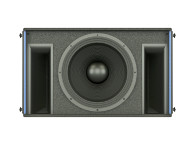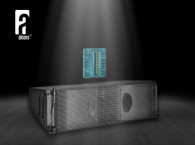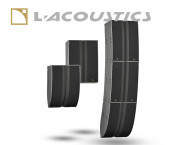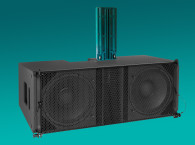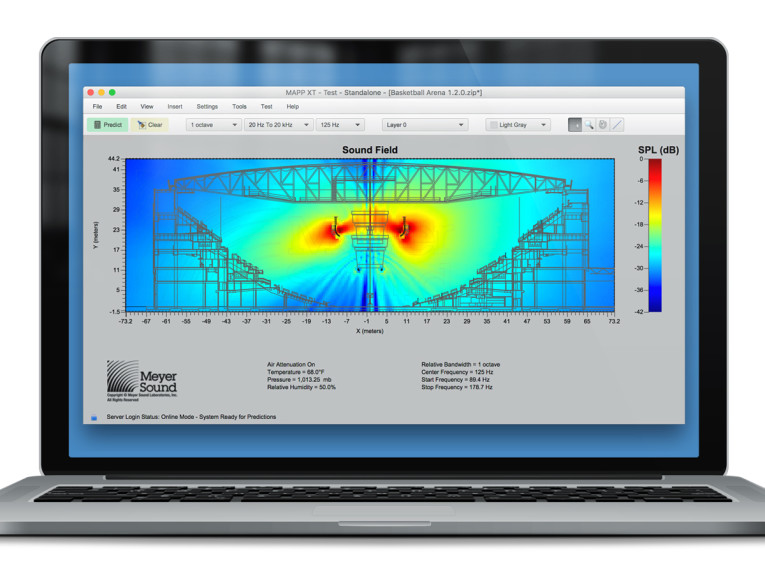
Applicable to the entire LEO family of loudspeakers — from the flagship LEO to the compact new LINA line array — the enhanced components help ensure an optimum audience experience using scalable systems. The new toolset integrates three key features that enhance amplitude and phase compatibility within the family of Meyer Sound loudspeakers and perform beam-steering of arrays. The “EQ Starting Points” feature enables the different models of speakers to start with a common target frequency response curve (amplitude compatibility). “Delay Integration” performs the same function in the phase domain (phase compatibility), relieving users of the challenging task of precise phase response optimization.
The newest core component of the toolset is digitally implemented Low-Mid Beam Control (LMBC). Using variants of advanced DSP algorithms developed for Meyer Sound’s digital beam-steering CAL column array loudspeakers, LMBC corrects the understeered low-mids (an inherent side effect in all curvilinear arrays) by lifting and/or spreading the beam. By introducing precisely calculated frequency-dependent phase response filters to individual or paired loudspeakers in the array, the low-mid coverage pattern is precisely matched to the higher frequency range. The result is seamless and uniform front-to-back coverage. LMBC has been proven in three years of beta testing, including several large-scale concert tours by major artists.
“LMBC presents an elegant digital solution to this enduring challenge facing modern main array designs,” says Meyer Sound Director of System Optimization Bob McCarthy. “Once your coverage is set for higher frequencies, you simply select the appropriate control settings and the low mid-frequencies instantly conform for a uniform front-to-back response.” Aim the HF and spread the rest to match for uniform venue coverage. It's that simple. No extra amp channels are needed due to the self-powered advantage.

LMBC is fully implemented in the newest releases of Meyer Sound’s GALAXY Network Platform (version 1.3.0), MAPP XT acoustical prediction program (version 1.2.0), the companion Compass control software (version 4.3.1), as well as in version 2.3.2 of Compass Go, the remote-control application for iPad.
The new software releases also calculate the loads when using pull-back frames. This allows for the extreme down-tilt array configurations often necessitated for clear sightlines or coverage of specific seating areas. System designers now can configure such arrays in MAPP XT and obtain accurate modeling of array coverage as well as hang point loading data to assure that Meyer Sound rigging hardware is stable and secure.
Also added to the toolset, on the hardware side, is the GEB-LEO extender bar, which enables rigging of LEO arrays with greater down- or up-tilt without use of additional rigging points or motors.
Since the introduction of the LEO large format line array loudspeaker and 1100-LFC low frequency control element, the LEO Family of linear reinforcement systems has been chosen for top-grossing concert tours and premier installations worldwide. Three new loudspeakers have been added to the family in the past year: the LINA very compact line array loudspeaker, LINA’s companion 750-LFC element, and the ground-shaking VLFC very low frequency element. The introduction of LINA brings the linear response and exceptional power-to-size ratio of the LEO Family to smaller venues with restricted budgets, while the VLFC extends system bandwidth well below the threshold of audibility and into the realm of pure experience.
The comprehensive, fully integrated LEO Family systems approach also includes the AVB-enabled Galileo GALAXY network platform for drive and alignment, along with the powerful cross point delay matrix and the ability to link GALAXY units’ I/O capabilities for complex system control across multiple GALAXYs via AVB.
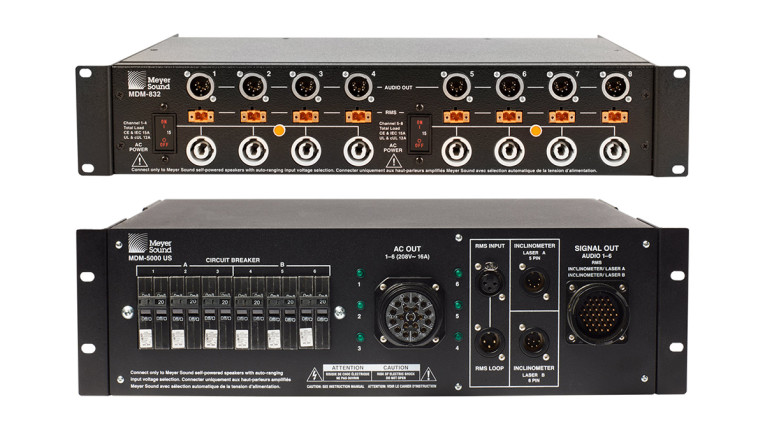
The MDM series makes for elegant easy-to-use power and signal distribution for Meyer Sound systems of any size. It also provides connection points for laser/inclinometer instruments as well as dedicated RMS data for seamless integration with RMServer for comprehensive, network-based monitoring and diagnostics to maintain long-term loudspeaker reliability.
“From the outset the LEO Family has offered a complete toolset to assist at every step of the way, from in-depth user education and system design through field deployment,” says McCarthy. “And now more than ever before, the LEO Family provides sound designers, consultants, integrators and rental houses with an integrated and fully scalable solution. At Meyer Sound we’re continuing to push back the boundaries of what’s possible in the audience experience. The core focus of the LEO Family since its inception has been delivering a consistent, repeatable, high quality audience experience, regardless of musical content or venue size. This year’s expansion of the Precision Toolset for the LEO Family underscores that commitment.”
meyersound.com



